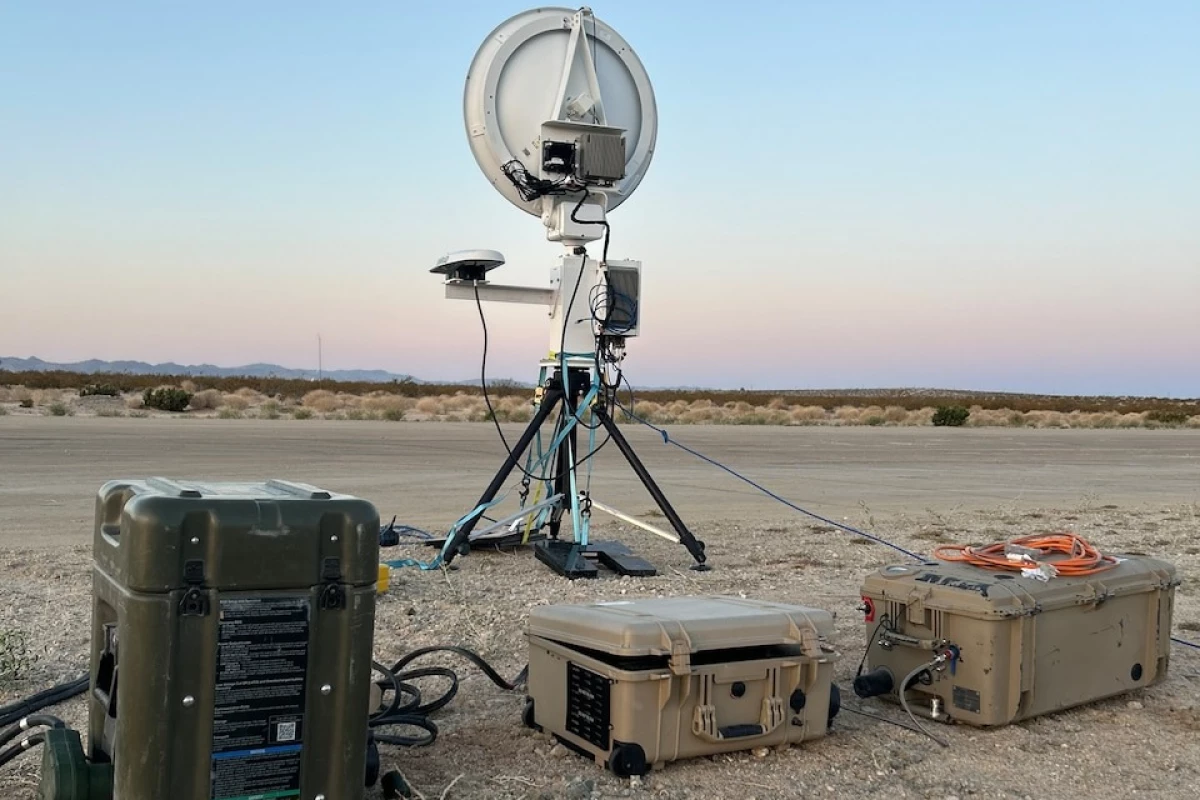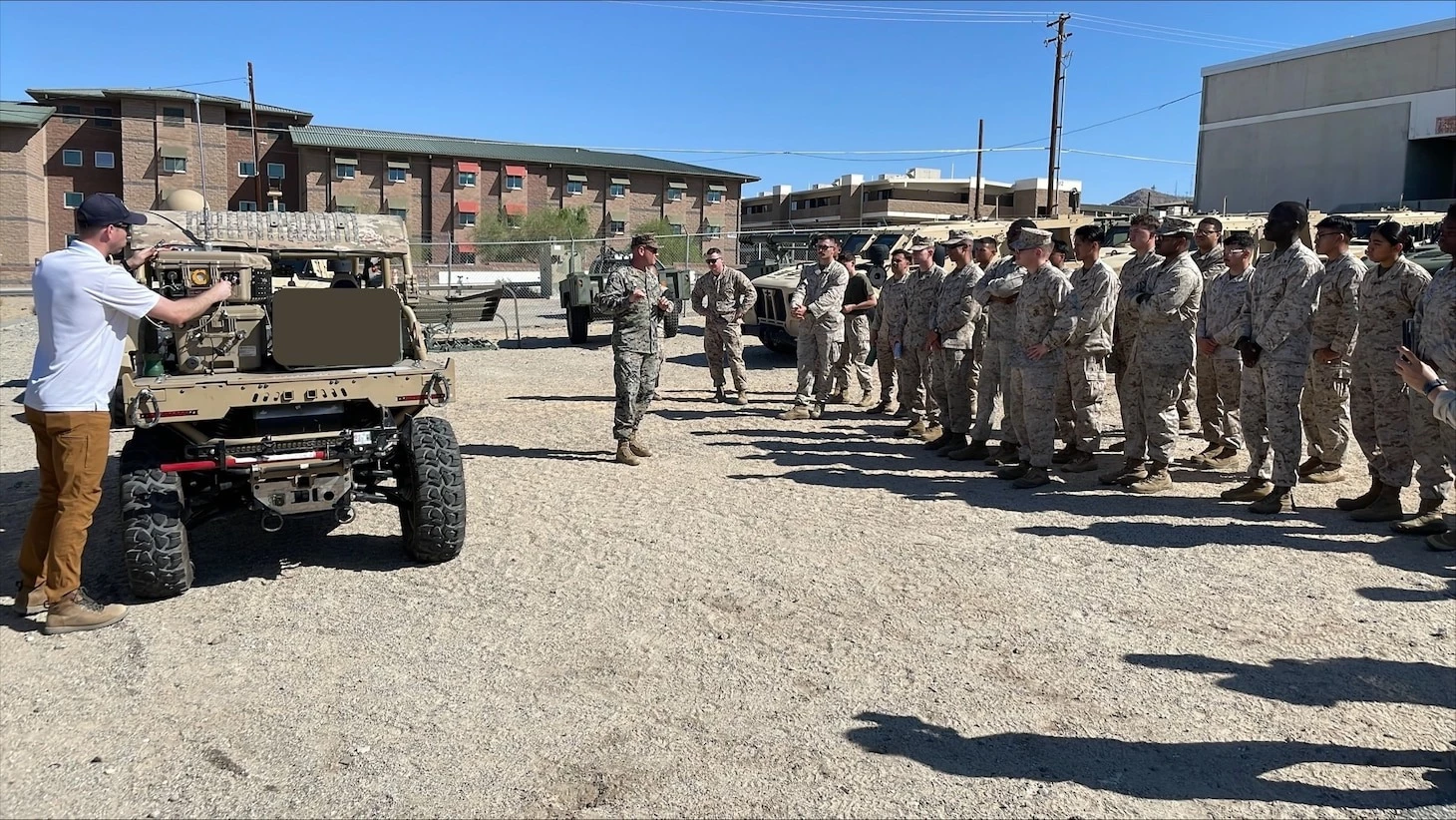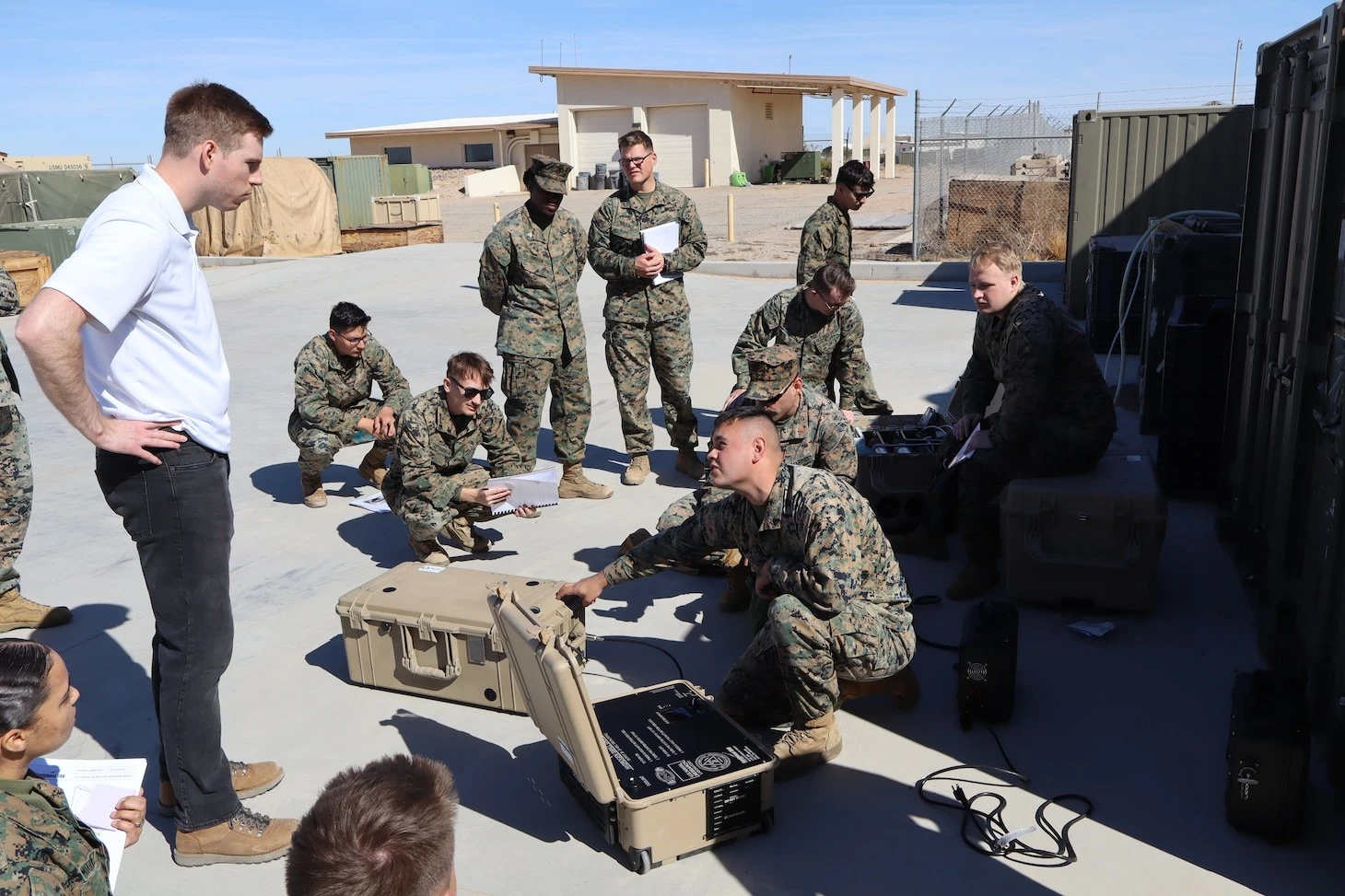The US Naval Research Laboratory (NRL) has taken hydrogen tactical, by adapting fuel cell technology for US Marine Corps field units to replace the heavy batteries and generators now used by soldiers to provide electricity.
Napoleon once said that an army travels on its stomach – but in the 21st century, it's more accurate to say that it travels on its batteries. With soldiers relying more and more on personal radios, computer networks, sensors, night-vision goggles, FLIR scopes, advanced rifle targeting scopes and portable drones, they're also increasingly lumbered with bandoliers of batteries or lugging generators and jerry cans of fuel across the hated final mile of rough terrain.
Small wonder so many soldiers on patrol tend to "lose" batteries with such regularity.
To help alleviate this, the NRL is adapting and field testing hydrogen fuel cell technology originally designed for powering small UAVs. Called the Hydrogen Small Unit Power (H-SUP) system, it's intended to provide the same weight savings to Marines as it does to unpiloted aircraft.
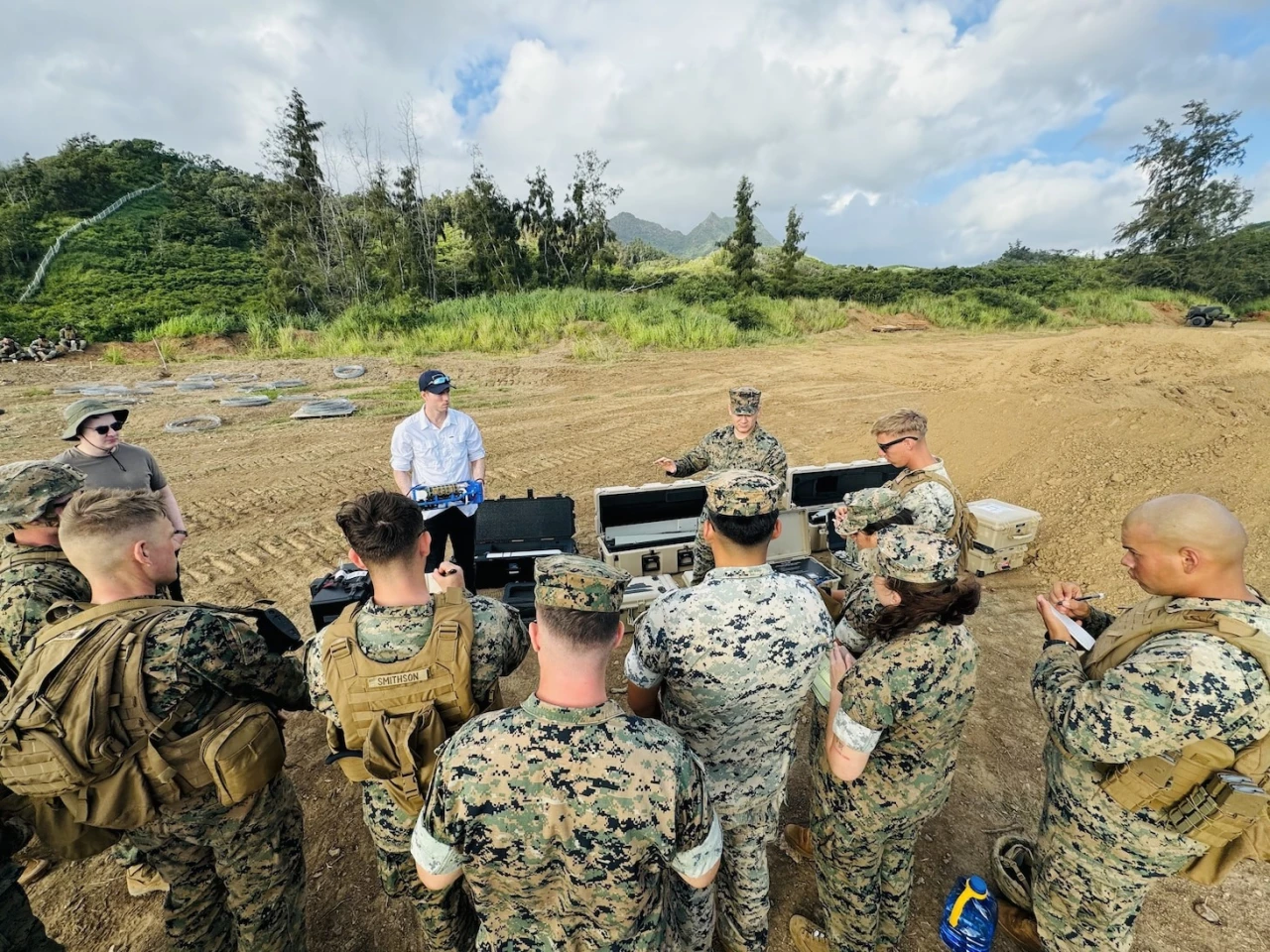
That may seem a bit of a jump, but UAVs suffer from limited range and endurance – especially if they are electric powered. Because batteries are heavy, weight remains a major factor even in hybrid electric systems. The same is true for Marines slogging over rough country on foot.
In this case, the H-SUP system is similar to the one developed for the hydrogen-powered H2 Stalker program, except that it's been ruggedized and repackaged into a set of waterproof plastic lockers that include the fuel cell, inverter, hydrogen storage, and a charging station for various devices.
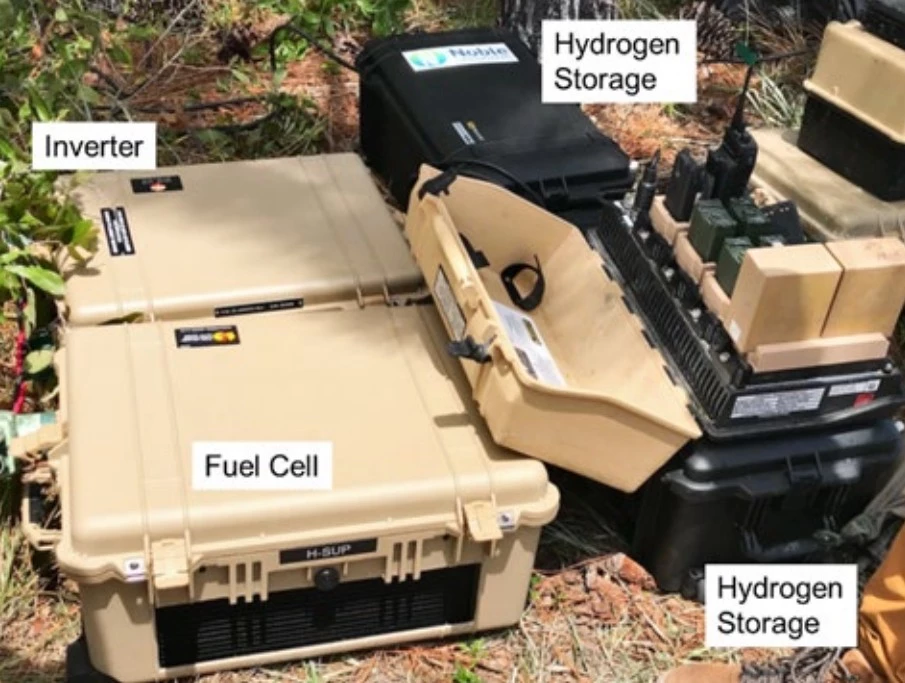
Claimed to be more energy dense and therefore lighter than batteries or a conventional generator, the H-SUP has a power output of up to 1.2 kW. It's also more efficient, quieter, and has a lower heat signature because it works by an electrochemical reaction instead of combustion and has a built-in ethylene glycol-based coolant system, making it more difficult for an enemy to detect. Having fewer moving parts than a generator, it's also easier to maintain with a rating of 5,000 hours of operation.
Its modular construction also means that it's easy to modify for specific missions and it can be hooked into a vehicle's electrical system.
The H-SUP was field tested at Marine Corps Base Camp Lejeune in July 2022, Marine Corps Air Station Yuma in February 2025, and Marine Corps Training Area Bellows in March 2025. In addition, it was tested by the US Army at Fort Polk with the 101st Airborne in May 2025. The results of these tests are being used to improve the system.
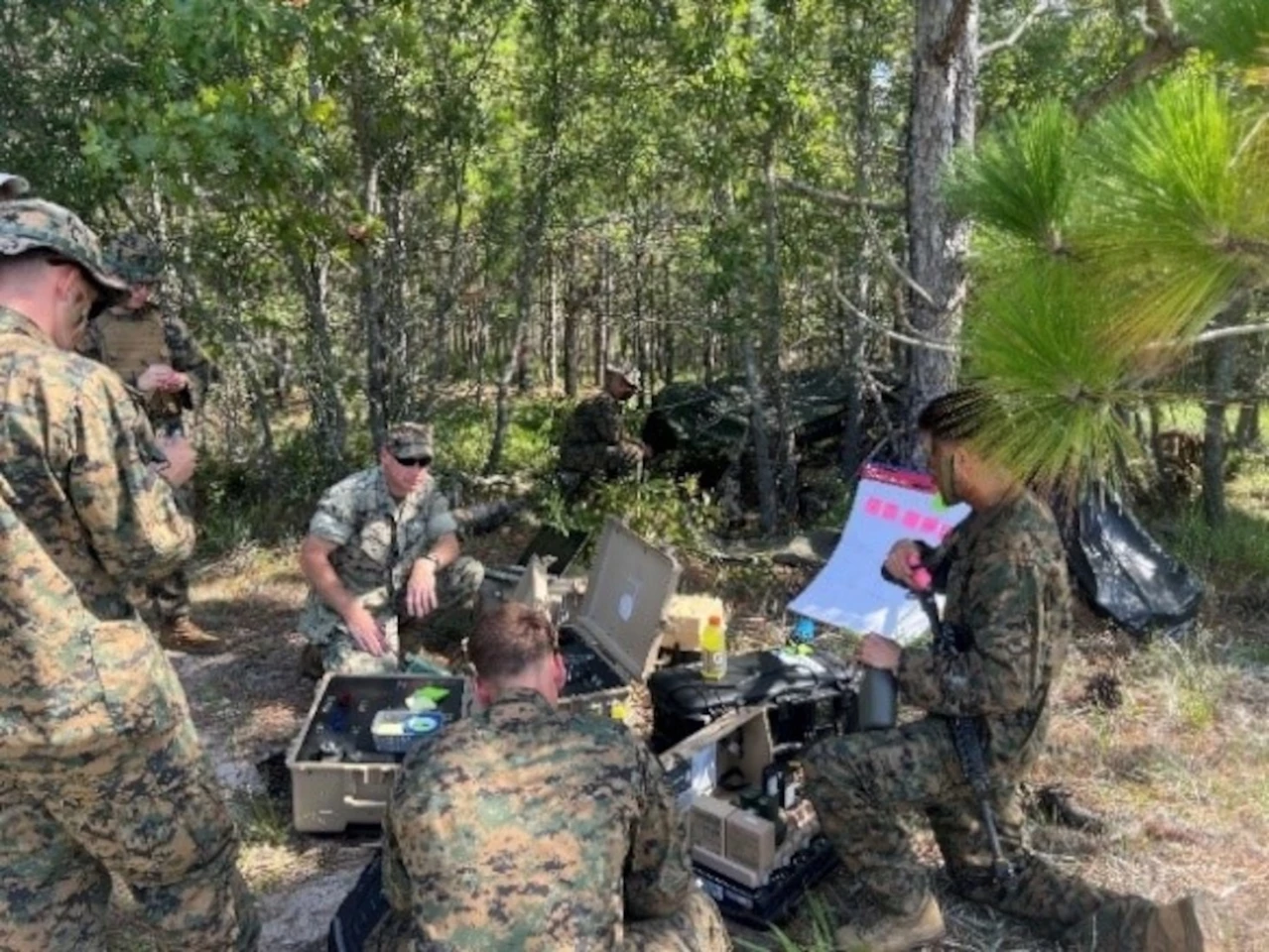
"Warfighter feedback is a critical component of the technology development process and will be used to inform requirement definition and future research and development activities,” said Captain Joshua Ashley, U.S. Marine Corps, Expeditionary Energy Office (E2O) Science and Technology Analyst. "The E2O serves as the link between the warfighter and the lab, providing feedback to refine the system and accelerate acquisition.
"H-SUP isn’t just innovative – it increases lethality by keeping us powered and hard to find. We ensure this technology meets the needs of Marines on the ground – quiet, efficient, and reliable power that supports expeditionary operations."
Source: NRL
